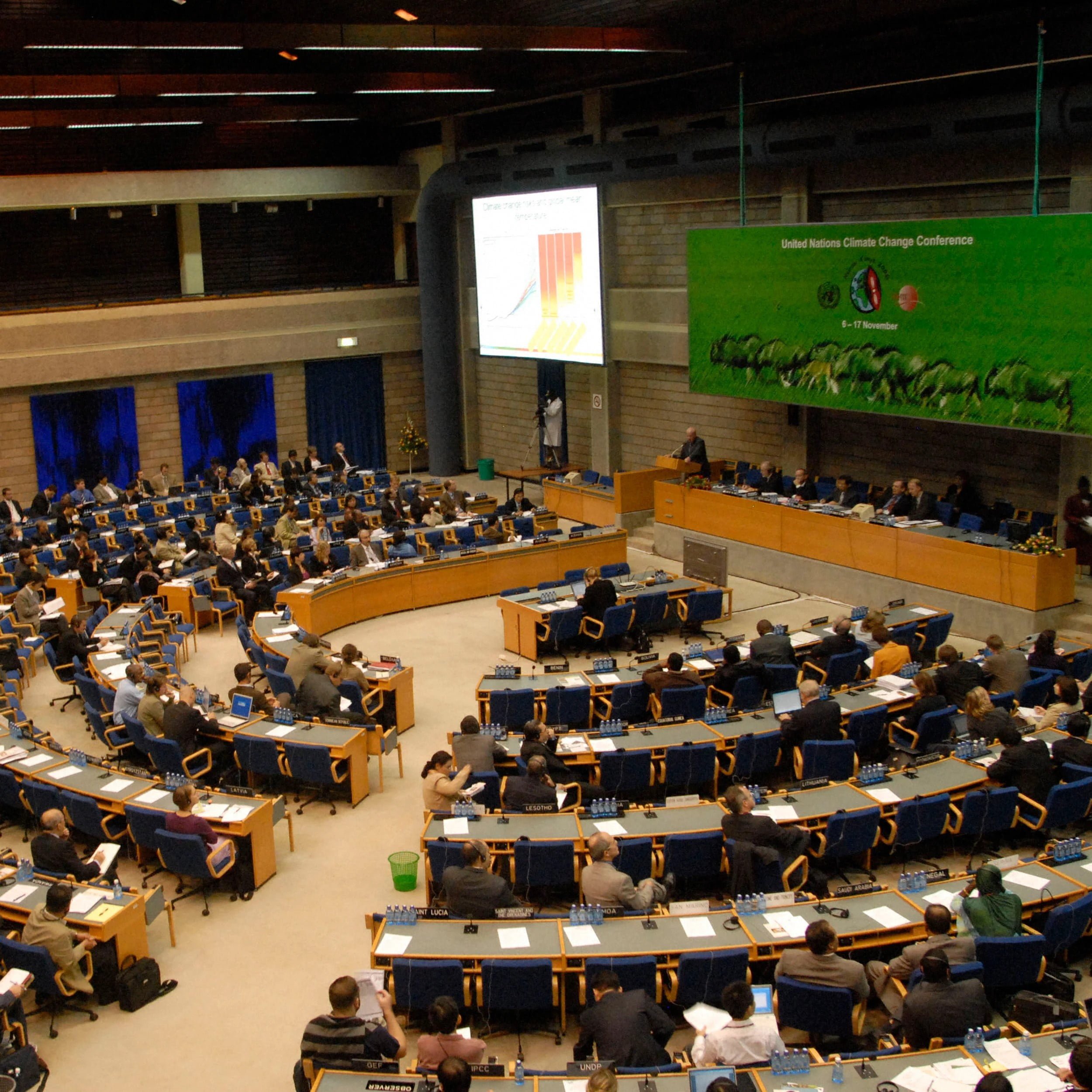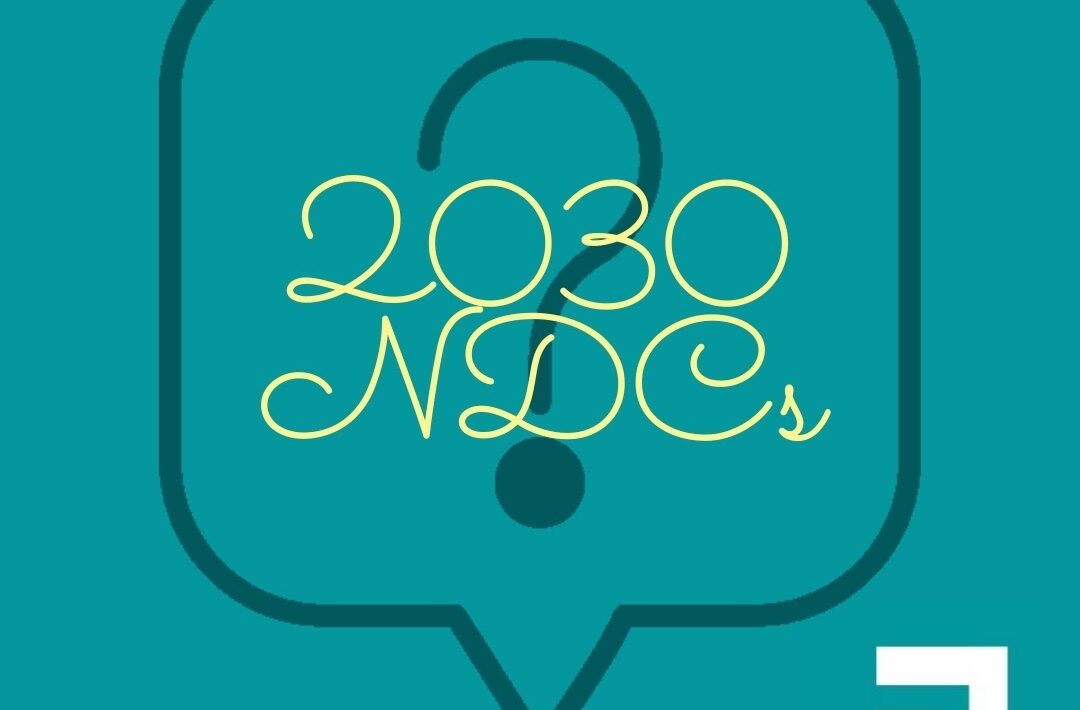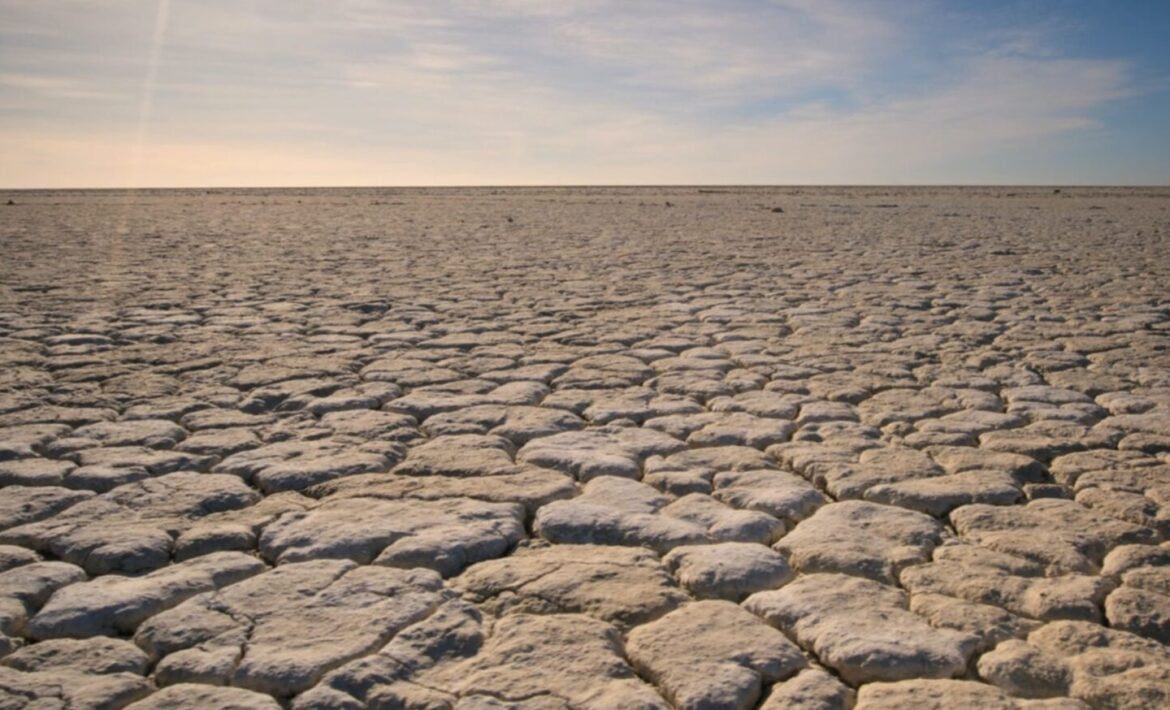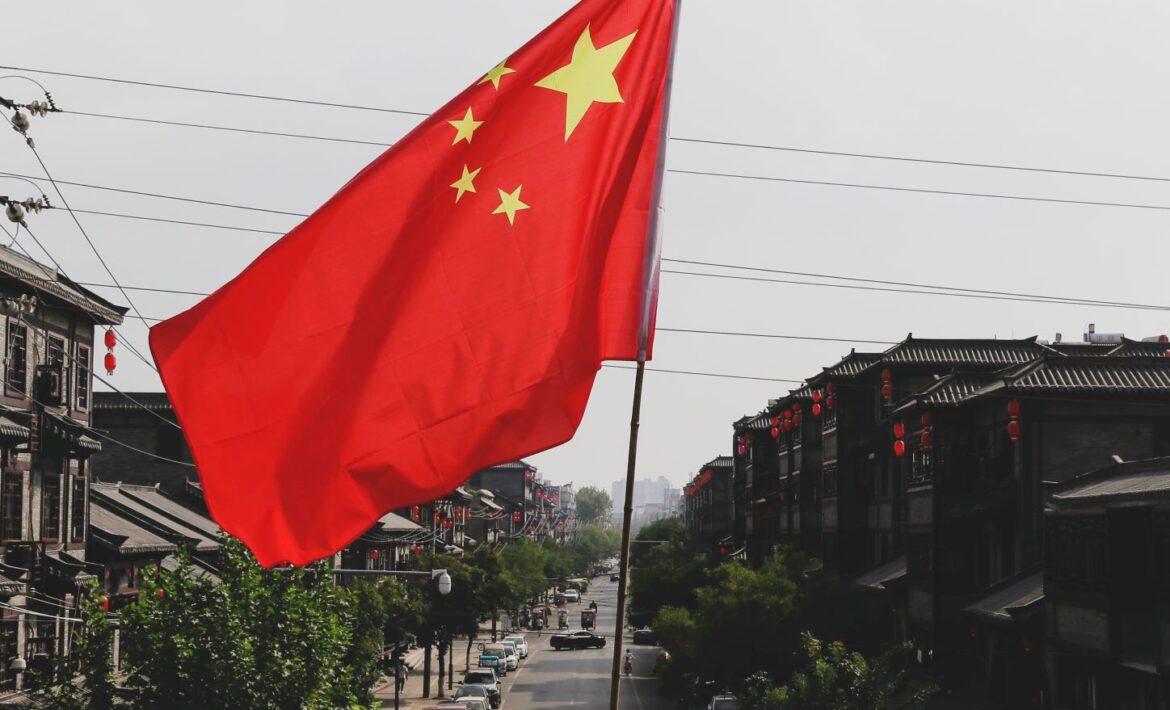
The Kyoto Protocol
by Puria Radmard
Before the famous Paris Agreement, there was the (also famous) Kyoto Protocol. Adopted at the third COP in 1997, it didn’t come into effect until 2005, when Russia’s approval brought it up to the required 55 countries [1].
The Protocol was the first to give GHG emissions reductions targets per country, to most Annex I countries [2]. These are OECD countries, as well as transitioning economies such as Russia. In the first commitment period (2008-2012), countries were told to achieve emissions relative (some above and some below) to their 1990 levels. For the UK, this target was 87.5% of the baseline, while for Greece it was 125% [3]. Overall, the target was 5% below 1990 levels of Annex I emissions [4].
The Protocol also put in place 3 flexible trading mechanisms, aimed at helping those Annex I parties (countries) who ratified and agreed to their targets [3].
First, there was the international emissions trading scheme, which let parties trade their reductions in emissions as a commodity. These were measured and generated in various ways and had different names; you can read more here.
Next, the Joint Implementation scheme let parties with targets gain emissions trading units by helping other Annex I countries reach theirs [5]. Finally, the Clean Development Mechanism was the equivalent, but for rewarding Annex I countries for helping non-Annex I parties (mainly developing countries) in their sustainable development [6].
Later on in 2009, the Copenhagen Accord was agreed upon by the USA and the newly industrialised BASIC countries, which endorsed continuation of the Protocol [7]. In 2012 the Doha Agreement added “new emission reduction targets for Second Commitment Period (2012-2020) for participating countries.” [8]
The Protocol was seen as a huge step forward in climate policy. The FAO praised it for its encouragement of sustainable development to aid food security [9]. Economists valued that it “established a flexible, broad-based, international mechanism that provides a valuable starting point for shaping efficient climate policies in the future.” [10]
However, there was already some doubt in the early stages of the protocol. First, the two biggest emitters were not given targets: China was a developing country so not in Annex I, and USA did not ratify the protocol. Even then, many scientists believed that the targets were not enough to significantly mitigate global warming [11].
In the next few articles, we want to pick apart the Kyoto Protocol, see what it aimed to do, where it did well, and where it went wrong.
[1] https://www.auswaertiges-amt.de/en/aussenpolitik/themen/klima/-/243944[2] https://www.britannica.com/event/Kyoto-Protocol
[3] https://unfccc.int/process-and-meetings/the-kyoto-protocol/what-is-the-kyoto-protocol/kyoto-protocol-targets-for-the-first-commitment-period
[4] https://edition.cnn.com/2013/07/26/world/kyoto-protocol-fast-facts/index.html
[5] https://unfccc.int/process/the-kyoto-protocol/mechanisms/joint-implementation
[6] https://unfccc.int/process-and-meetings/the-kyoto-protocol/mechanisms-under-the-kyoto-protocol/the-clean-development-mechanism
[7] https://en.wikipedia.org/wiki/Copenhagen_Accord
[8] https://cop23.com.fj/knowledge/doha-amendment-kyoto-protocol-2012/
[9] https://en.wikipedia.org/wiki/Flexible_Mechanisms
[10] http://www.fao.org/newsroom/en/news/2005/89781/index.html
[11] https://academic.oup.com/oxrep/article-abstract/19/3/451/440601?redirectedFrom=fulltext



